Optimal Timing for Foundation Repairs
Foundation repairs are essential for maintaining structural integrity and preventing further damage. The timing of repairs can influence their effectiveness and cost. Understanding seasonal and weather-related factors helps determine the optimal time for addressing foundation issues.
Spring offers moderate temperatures and manageable moisture levels, making it a suitable time for foundation inspections and repairs. Soil begins to thaw, reducing the risk of additional shifting.
Summer provides warmer weather, which can facilitate certain repair processes. However, high temperatures and dry soil conditions may complicate excavation or moisture-sensitive repairs.
Autumn's cooler temperatures and increased moisture levels can be ideal for foundation work. Preparing before winter helps prevent damage from freezing and thawing cycles.
Winter is generally less favorable due to freezing temperatures and frozen ground. Repairs during this time can be delayed until conditions improve to ensure safety and effectiveness.
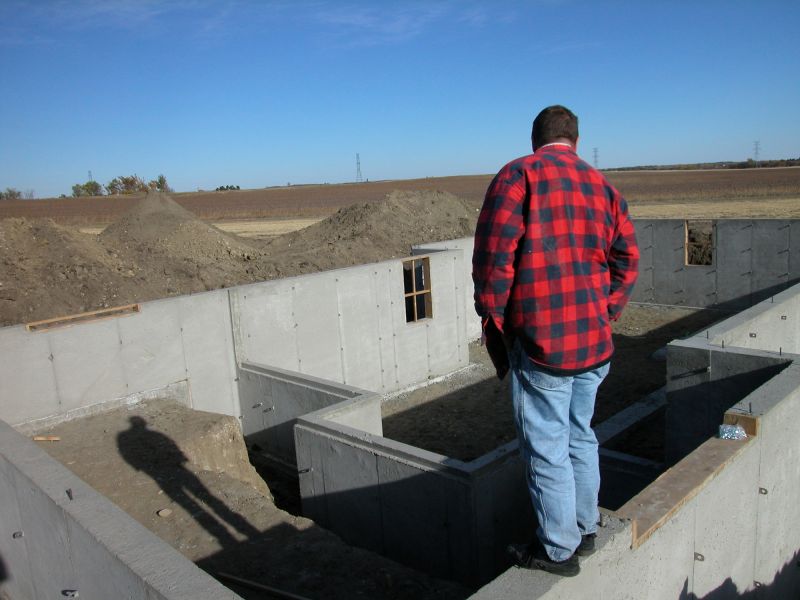
Inspecting foundations during mild weather helps identify issues before severe damage occurs.
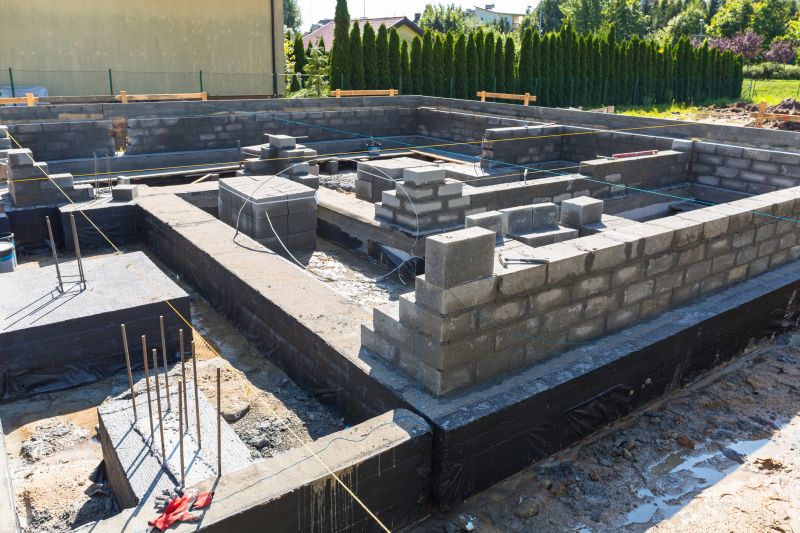
Monitoring soil moisture aids in scheduling repairs when soil conditions are optimal.
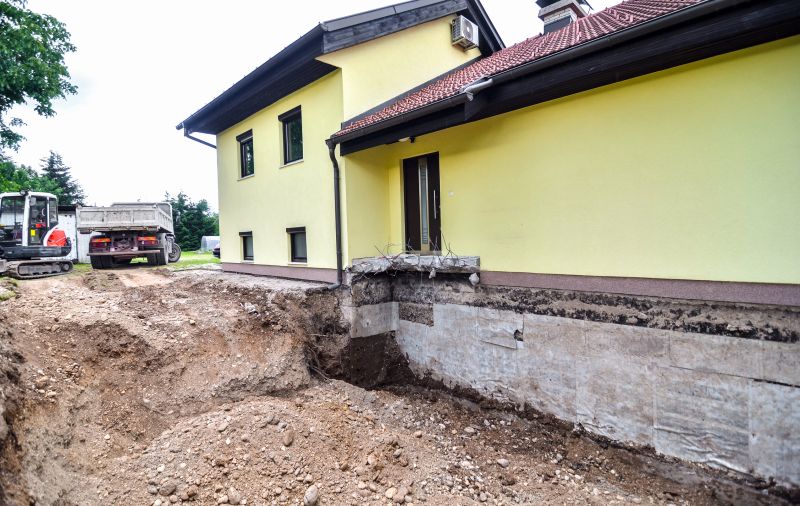
Visible repair work showcases the process during suitable weather conditions.
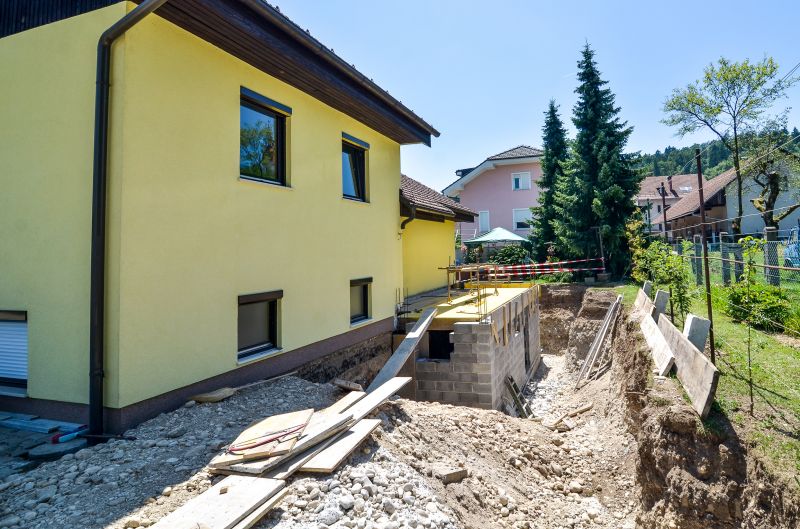
Ways to make Foundation Repairs work in tight or awkward layouts.
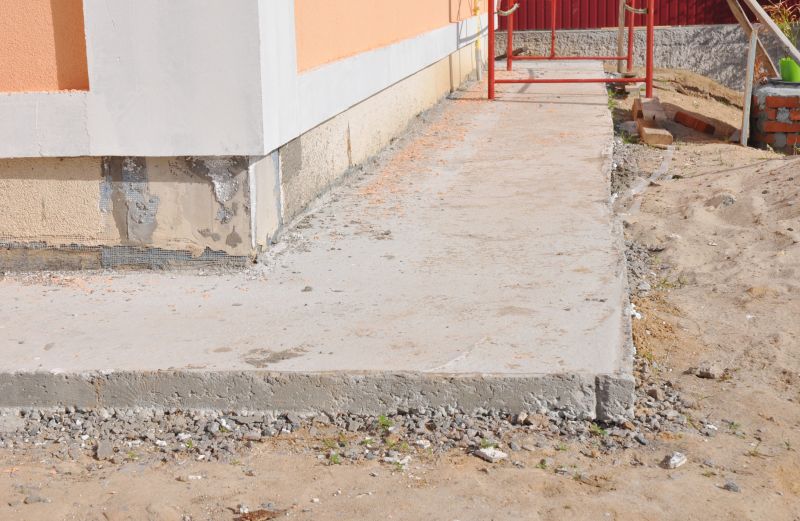
Popular materials for Foundation Repairs and why they hold up over time.
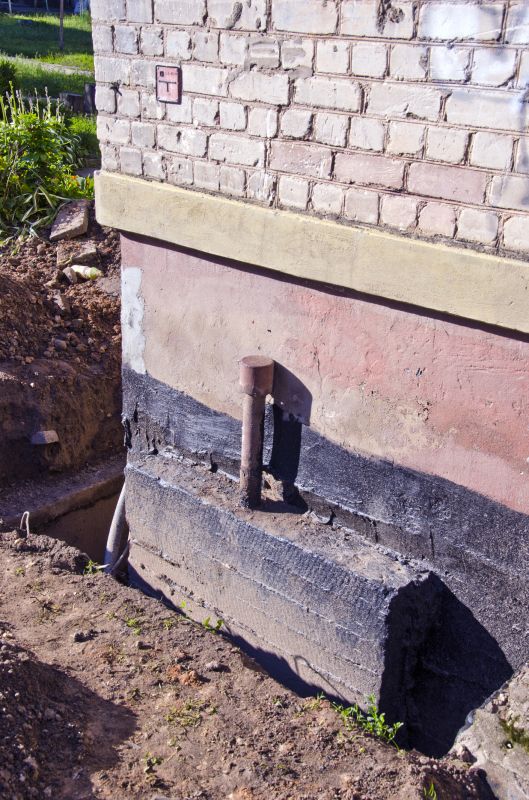
Simple add-ons that improve Foundation Repairs without blowing the budget.
| Season | Best Practices |
|---|---|
| Spring | Ideal for inspections and minor repairs; soil is thawed and manageable. |
| Summer | Suitable for certain repairs; avoid during extreme heat or drought. |
| Autumn | Prepares foundation for winter; good moisture conditions. |
| Winter | Generally not recommended; delays until ground thaws. |
| Post-Winter | Optimal time for comprehensive repairs after thawing. |
Foundation repairs address issues such as settling, cracking, and shifting that can compromise the stability of a structure. Proper timing ensures repairs are effective and long-lasting. Seasonal conditions influence soil behavior, which directly impacts foundation health. For example, moist soil during autumn can facilitate repairs, while frozen ground in winter may hinder excavation efforts.
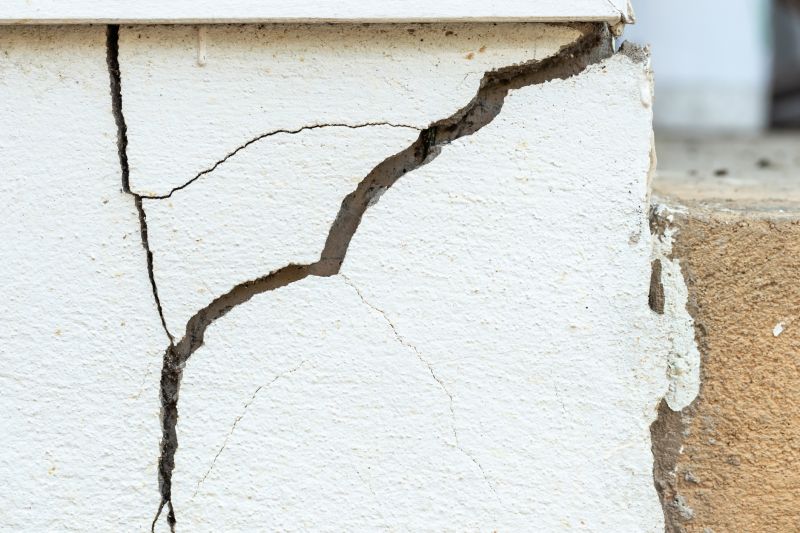
Addressing cracks promptly can prevent further structural damage.
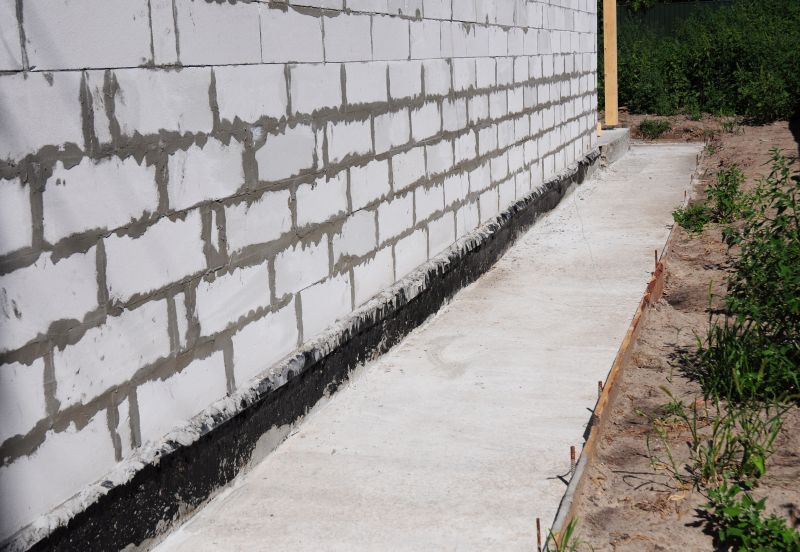
Proper soil management is crucial before foundation repairs.
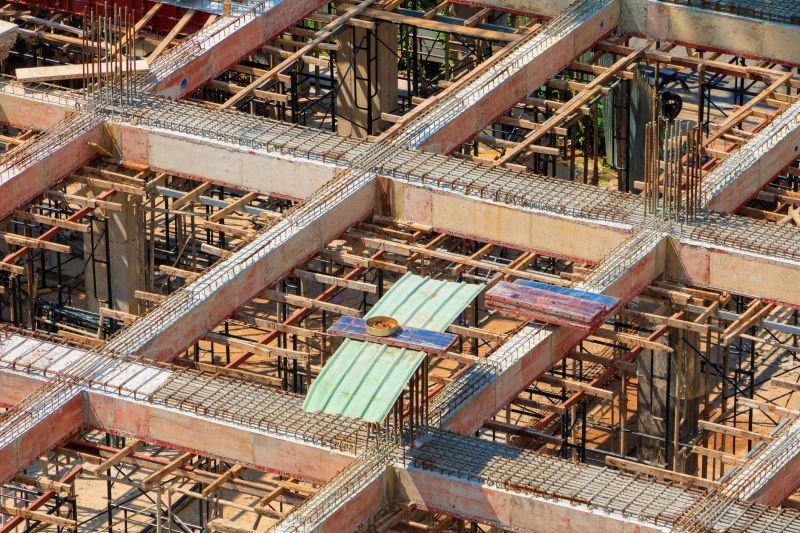
Accessible during favorable weather conditions for better results.
Timely foundation repairs can prevent costly structural failures. Seasonal considerations, such as soil moisture and temperature, play a vital role in planning repair schedules. Consulting with foundation specialists ensures that repairs are performed at the most advantageous times for durability and effectiveness.
Cracks, uneven floors, and sticking doors indicate potential foundation issues.
Early intervention can save costs and prevent further damage.
Soil expansion and contraction influence foundation stability.
Methods vary based on damage severity and seasonal conditions.
Understanding the best times for foundation repairs ensures structural longevity and safety. Proper scheduling, aligned with seasonal soil and weather conditions, enhances repair success. It is recommended to consult with foundation specialists to determine the most appropriate timing for specific repair needs.
Interested in foundation repairs? Fill out the contact form to receive more information and schedule an assessment tailored to the seasonal conditions in Niles, MI.

